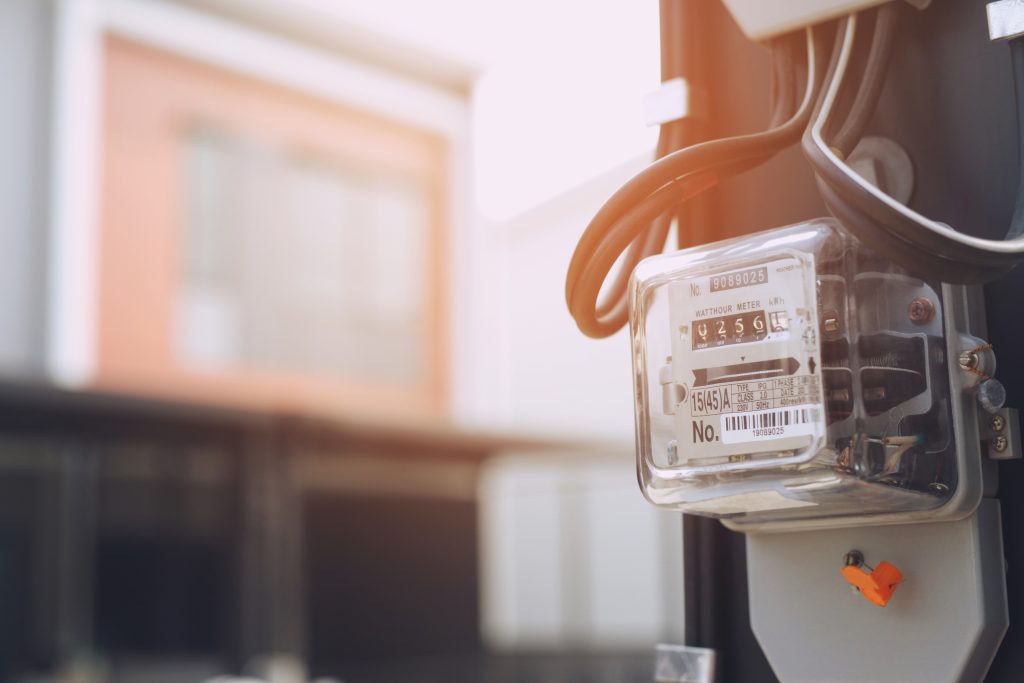Net metering is a system that allows residential and commercial customers who generate their own electricity from solar power or other renewable sources to feed electricity they do not use back into the grid. This process typically involves a special meter that can measure electricity flow in two directions: from the grid to the customer and vice versa. When a customer’s solar panels or other renewable system generates more electricity than they consume, the excess goes back into the grid, and their meter “spins backward,” earning them credits. These credits offset their electricity usage at other times when they consume more electricity than their system produces, like at night or during cloudy weather, reducing their overall utility bill. Net metering policies vary by region and utility company, and they play a critical role in making renewable energy systems more economically viable for consumers.

Here are a few reasons to switch to Peace Power:
– We help you save money
– Alberta is our home and we are proud to support local jobs and the local economy
– We are dedicated to providing the best possible service to customers with uninterrupted services and customer service reps based in Alberta
– Our team is always available for questions or problems you may have
Other advantages include no hidden fees and no contracts. Save today by making the switch to Peace Power!
Infrastructure is a critical component of utility provision. This includes the physical infrastructure, like power plants, transmission lines, pipes, and meters, as well as the digital infrastructure for smart grid and billing systems. The quality and capacity of this infrastructure can affect the reliability, efficiency, and cost of utility services. Aging or inadequate infrastructure can lead to service interruptions, inefficiencies, and higher costs. Meanwhile, investment in new and upgraded infrastructure can improve service provision, accommodate new technologies, and create jobs.
Consumers play a key role in shaping utility services and policies. Through their usage patterns and demand for certain services, consumers can influence what utilities offer. For example, increasing consumer demand for renewable energy and energy efficiency has led many utilities to expand their offerings in these areas. Consumers also participate in public hearings on utility rates and policies, providing valuable input that regulators consider in their decisions. Furthermore, consumers can influence utilities through their choices in deregulated energy markets, by choosing to support energy providers that align with their preferences.
Time-of-Use (TOU) rates are pricing structures that charge different rates depending on the time of day, encouraging consumers to use energy during off-peak hours when demand is lower. While TOU rates are not currently widespread in Alberta, they may be offered by some providers.
You can transfer your rate with you to your new location. Just give us 10 business days’ notice that you are moving, provide us with your new location’s address for electricity, natural gas, and/or internet and we’ll take care of the rest. With Peace Power, you never have to worry about your utilities during a move.
Yes! Subject to any existing contract terms you have with Shaw, there is no penalty for you as the customer to transfer your services from Shaw to Peace Power. Make the switch to Peace Power and get the same great high-speed internet at a better rate.
Links